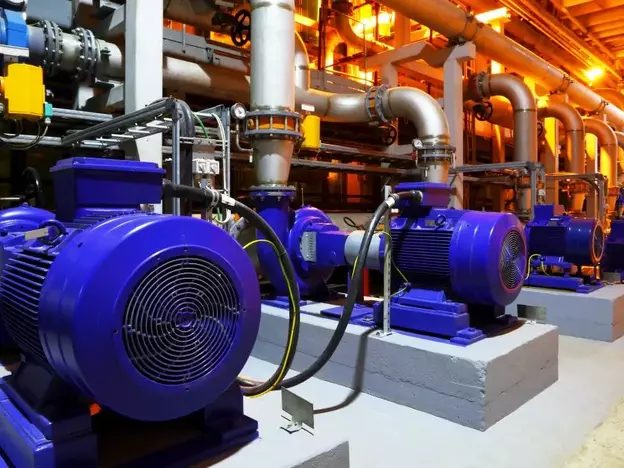1. Understand Your Application
First and foremost, identify the specific application for which you need the electric motor. Are you running a conveyor belt, operating a pump, or using it for a fan? Different applications have different requirements. Knowing the purpose will help you narrow down the type of motor you need.
2. Know the Types of Electric Motors
Here are some common types of electric motors you might encounter:
AC Motors: These are used in applications where speed control is not essential, like fans and pumps.
DC Motors: Great for applications needing precise speed control, such as in robotics or automotive uses.
Servo Motors: Ideal for applications requiring high precision and control, like CNC machinery.
Stepper Motors: Perfect for applications requiring accurate positioning and repeatability, such as 3D printers and camera platforms
3. Know the Types of Electric Motors
Determine the power requirements of your application. Electric motors come in various power ratings, measured in horsepower (HP) or kilowatts (kW). Make sure to choose a motor that can handle the load of your application without being over or underpowered.
4. Check the Voltage and Current Specifications
Match the motor’s voltage and current specifications with your power supply. Using the wrong voltage can damage the motor and your equipment. If your application runs on a specific voltage, ensure the motor you choose is compatible.
5. Evaluate the Speed and Torque Needs
Speed and torque are critical factors in motor selection.
- Speed: Measured in revolutions per minute (RPM). Higher RPM motors are used for applications like fans and pumps, while lower RPM motors are suitable for high-torque applications like conveyors.
- Torque: The force that causes rotation, measured in Newton-meters (Nm). Higher torque is needed for heavy-duty applications.
6. Consider the Environment
Where will the motor be operating? If it’s in a harsh environment with dust, moisture, or extreme temperatures, you’ll need a motor that can withstand these conditions. Look for motors with appropriate IP ratings (Ingress Protection) that indicate their resistance to dust and water.
7. Think About Maintenance and Durability
Some motors require more maintenance than others. Consider the maintenance needs and the durability of the motor. A motor with low maintenance requirements and high durability will save you time and money in the long run.
8. Look for Energy Efficiency
Energy-efficient motors can significantly reduce your operating costs. Look for motors with high efficiency ratings, such as those that comply with IE3 or IE4 efficiency classes. They might have a higher upfront cost but will save you money over time.
9. Get Expert Advice
If you’re still unsure, don’t hesitate to seek expert advice. Contact us at Road Engineering Trading Est., and our team of experts will help you find the perfect electric motor for your needs. We’ve been in the business since 1989, and we’re here to help you make the right choice.
